Build number sense skills with this set of 30 ten and double ten frame math talk task cards.
Boost Your Math Talks with Ten-Frame Tasks
Use this set of ten-frame task cards to easily implement number talks in your classroom.
Number talks are meant to be short, daily math exercises that allow students to have meaningful and highly engaging conversations about math. Simply show students the front of the card, and ask the prompts on the back. These exchanges will lead to the development of more accurate, efficient, and flexible strategies for students.
What is a Number Talk?
A number talk is a whole-class, daily dialogue that focuses on numerical reasoning and involves students participating in solving math problems or equations using mental math. The discussion is interactive, with students encouraged to share their strategies, thoughts, and answers respectfully and openly. This cooperative dialogue helps students improve their problem-solving skills, mathematical reasoning, and vocabulary while gaining computation fluency.
This card set is a great teaching resource for helping students with the following:
- number identification
- subitizing
- composing and decomposing numbers up to 20.
Download and Print Your Math Talk Task Cards
Simply print out the task cards front and back so that the prompts are displayed on the back of each card. The cards may also be put on a ring for added convenience.
Use the dropdown arrow to select the full-color or black-and-white PDF download file.
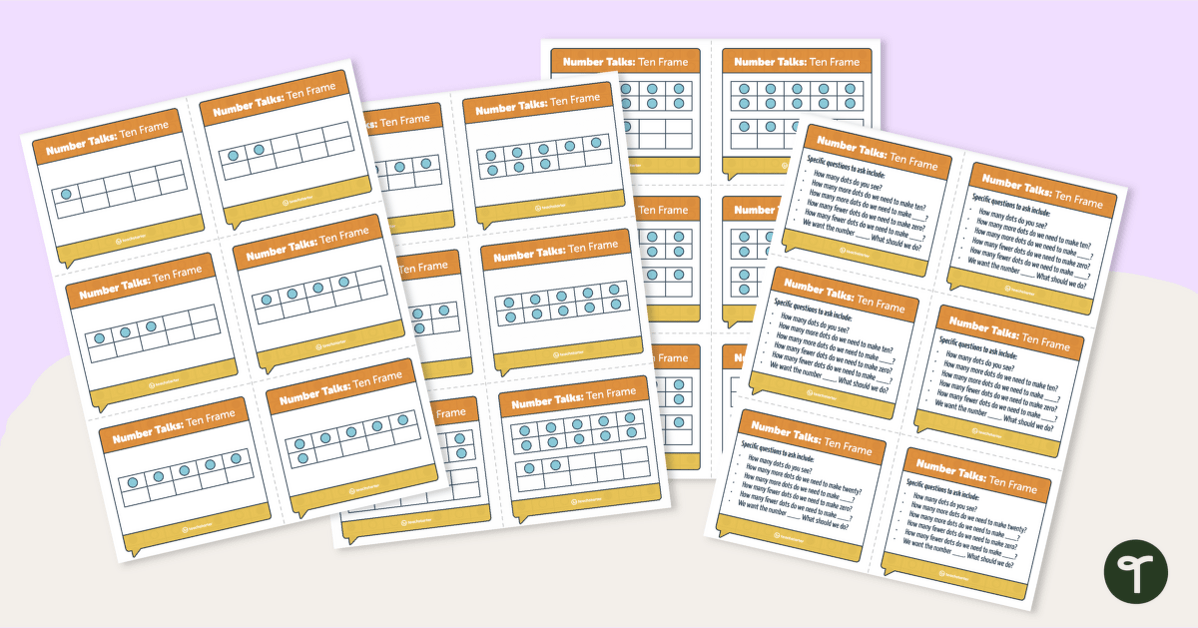

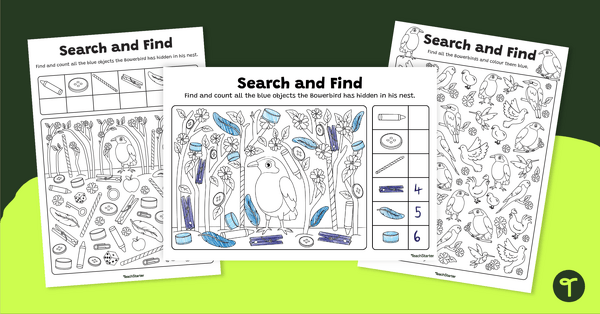
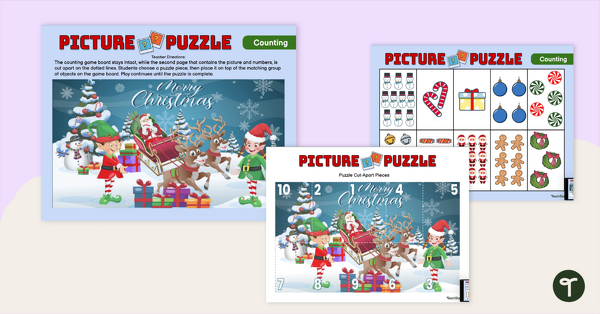
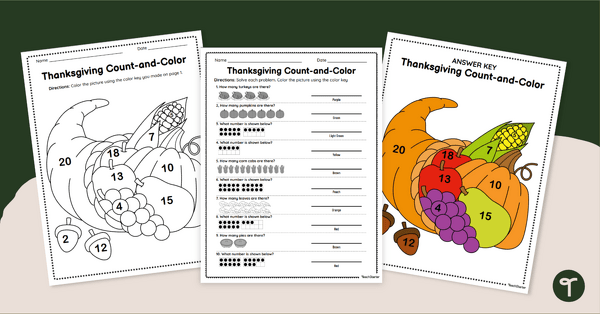
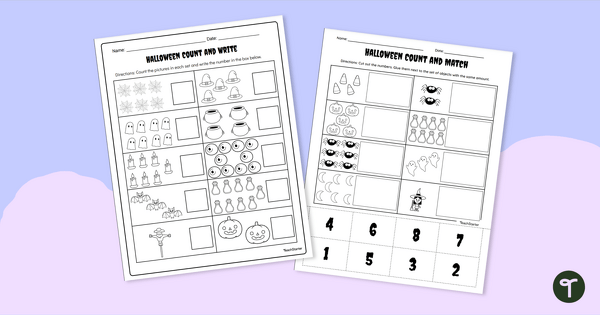
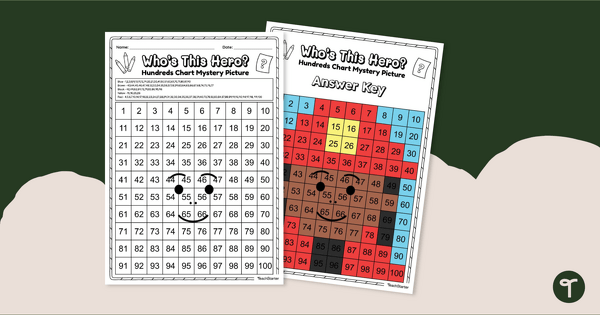
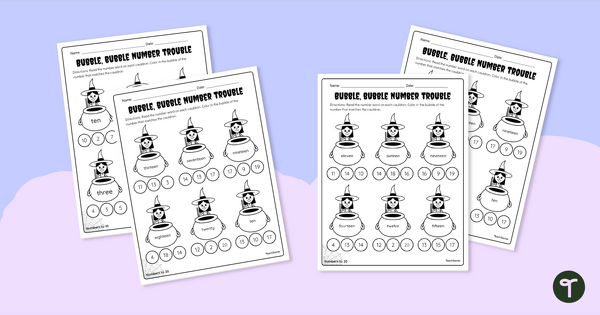
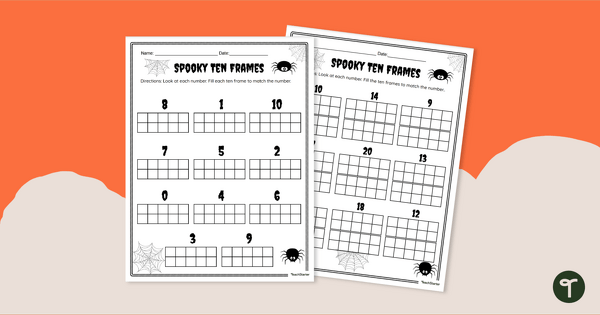
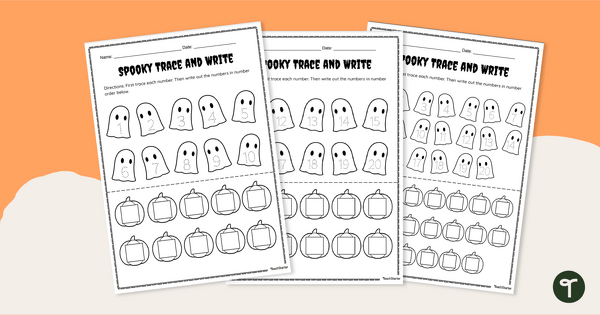
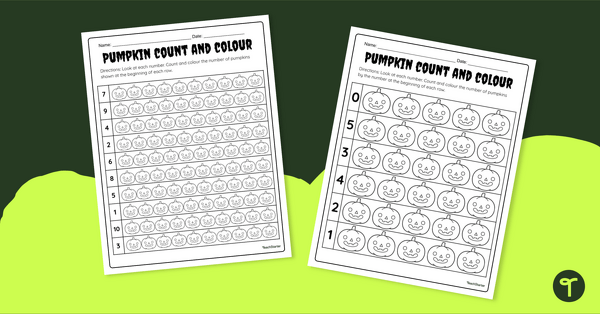
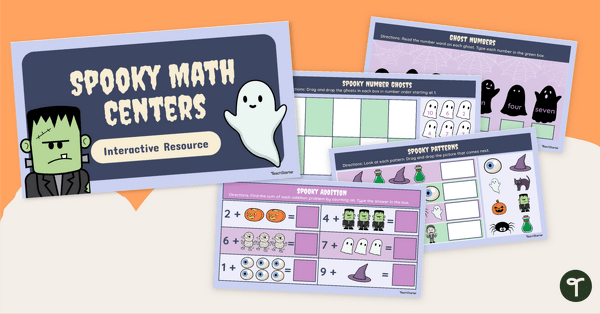
0 Comments
Write a review to help other teachers and parents like yourself. If you'd like to request a change to this resource, or report an error, select the corresponding tab above.